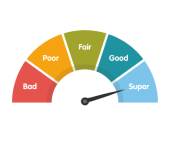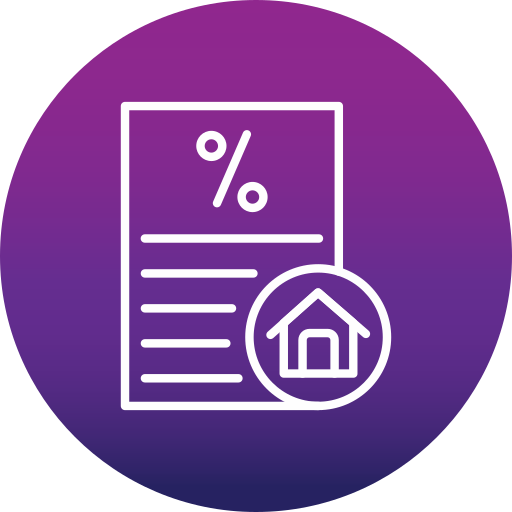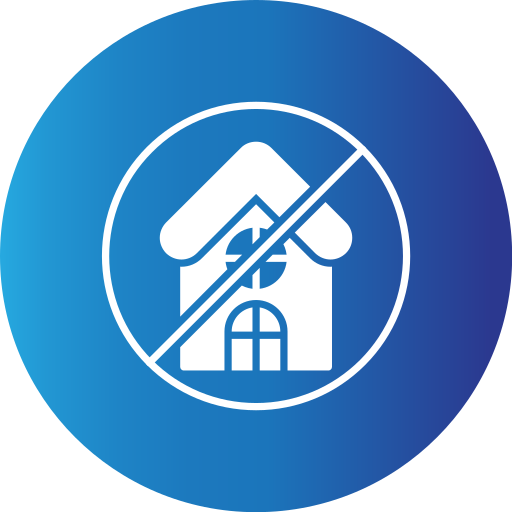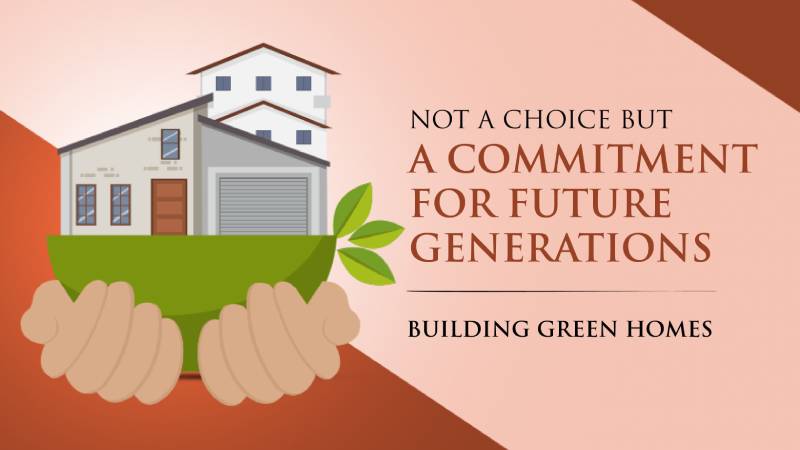Special Offers




Special Offers




01-Mar-2023 | Green Home

Building green homes is a commitment to sustainable living and a responsible way of creating a better future for generations to come. A green home is designed and constructed to be environmentally friendly, energy-efficient, and healthy for its occupants. It incorporates sustainable practices, technologies, and materials, minimising environmental impact and conserving natural resources.
Green homes are designed to be highly energy-efficient, using insulation, high-performance windows, and energy-efficient appliances and lighting. By using less energy, green homes reduce the demand for non-renewable resources and minimise greenhouse gas emissions. Energy-efficient homes also save homeowners money on utility bills, which helps to reduce the overall cost of living and frees up money for other expenses.
Green homes incorporate sustainable materials that are responsibly sourced, renewable, and non-toxic. These materials are selected based on their environmental impact, durability, and efficiency. Using sustainable materials helps to reduce waste, minimise the use of non-renewable resources, and create healthier indoor environments for future generations.
Green homes incorporate water conservation practices, such as low-flow toilets and showerheads, rainwater harvesting systems, and drought-resistant landscaping. These practices help to reduce water consumption, which is critical in areas with water shortages. Conserving water also reduces the energy required to transport and treat water, which helps to minimise the environmental impact.
Green homes are designed to provide improved indoor air quality, which is essential for the health and well-being of occupants. This is achieved through the use of non-toxic building materials, proper ventilation, and air filtration systems. Improved indoor air quality helps to reduce the risk of respiratory problems, allergies, and other health issues, creating a healthier environment for future generations.
Green homes are designed to be resilient to natural disasters, such as hurricanes, earthquakes, and wildfires. This is achieved through the use of reinforced building materials, such as concrete and steel, and the incorporation of design features, such as proper drainage and elevation. Resilient homes can withstand severe weather events and reduce the risk of damage and injury, protecting future generations.
In conclusion, building green homes is a commitment to a sustainable future for generations to come. By incorporating energy-efficient practices, sustainable materials, water conservation, improved indoor air quality, and resilience to natural disasters, green homes offer numerous benefits for the environment and the health and well-being of future generations.